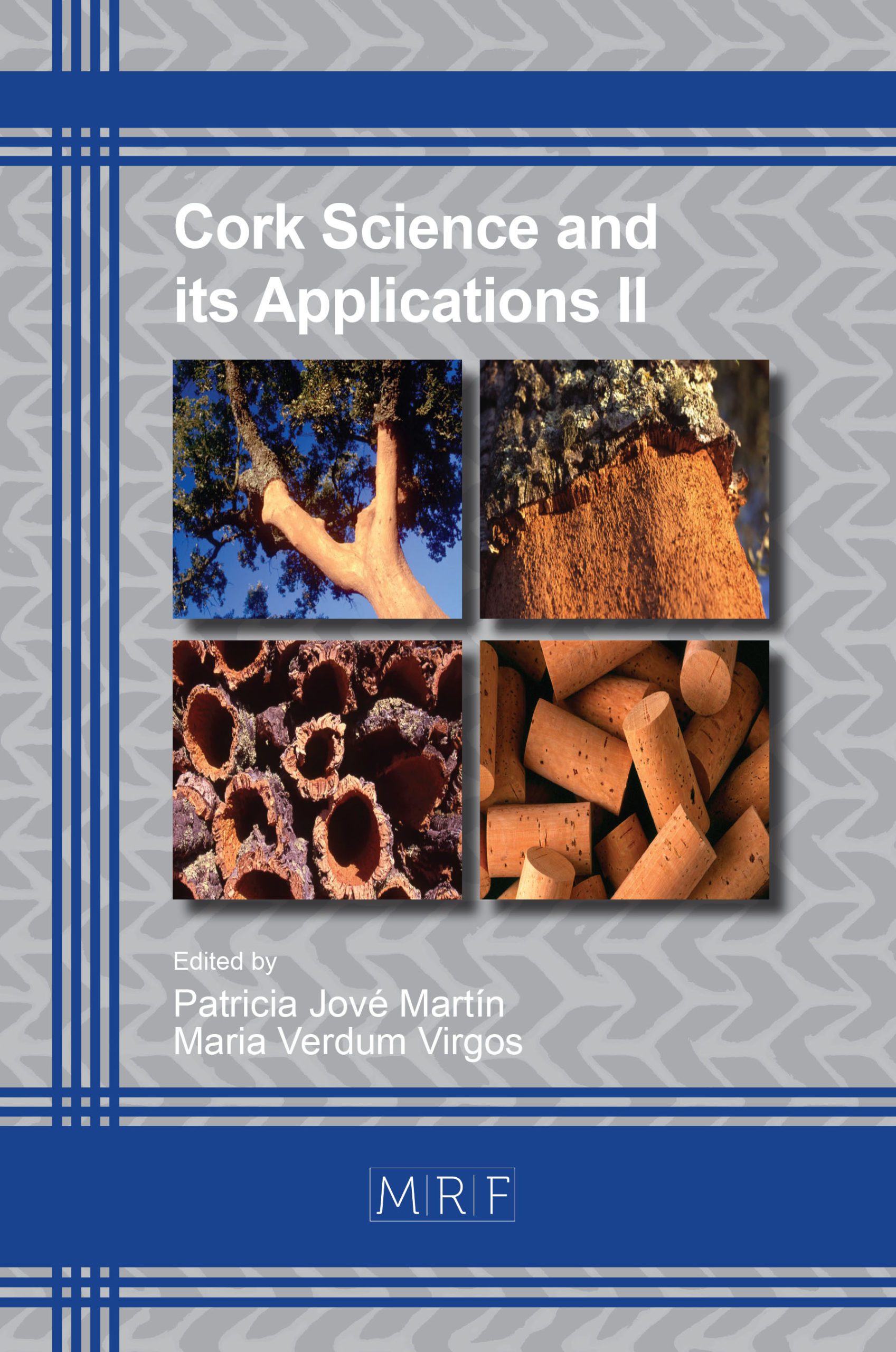New Forest Management Techniques to Improve the Adaptation of Cork Oak Forests to Climate Change
Josep M. Tusell, Roser Mundet, Mario Beltrán, Miriam Pique, Teresa Baiges, Antoni Torrell
Abstract. Climate change is a serious threat to the conservation of cork oak forests, sustainable cork production and the value chain linked to this product. Mediterranean area is considered the most vulnerable bioclimatic region to climate change. The main expected impacts on the cork oak forests are [1, 2, 3]: reduction of water availability, increasing the frequency of large forest fires and more severe and more frequent episodes of pests, especially the case of cork beetle Coraebus undatus. In this context, new techniques and methods need to be added in the forest management, from a comprehensive approach, to improve the adaptation capacities to the climatic change of this type of forests. The Life+ SUBER project has implemented models based on the ORGEST [4]. These are irregular models with densities adjusted to the station quality with a greater proportion of large diameter trees, also achieving a high coverage of overlays that limits the development of the helioscope scrub and its vertical continuity, reducing the danger of forest fire. Depending on the station quality, they have been selective cuttings and clearing vegetation in different intensities. Of all the implemented actions a detailed technical follow-up has been carried out that has allowed to contrast its effectiveness and propose improvements to these techniques. The response of trees, in terms of growth in diameter, is always greater in managed areas than in control areas without management. At the same time, the answer is greater when selective thinning of the cork oak is done with clearing vegetation that when they are made more intense vegetation control.
Keywords
Management, Adaptation, Climate Change, Forestry, Quercus suber
Published online 9/20/2019, 6 pages
Copyright © 2019 by the author(s)
Published under license by Materials Research Forum LLC., Millersville PA, USA
Citation: Josep M. Tusell, Roser Mundet, Mario Beltrán, Miriam Pique, Teresa Baiges, Antoni Torrell, New Forest Management Techniques to Improve the Adaptation of Cork Oak Forests to Climate Change, Materials Research Proceedings, Vol. 14, pp 7-12, 2019
DOI: http://dx.doi.org/10.21741/9781644900413-2
The article was published as article 2 of the book Cork Science and its Applications II
References
[1] Pereira, J. S.; Vaz Correia, A.; Joffre, R. 2009. Facing climate change. En: Aronson, J.; Pereira, J. S.; Pausas, J. D. (eds.). Cork oak woodlands on the edge: ecology, adaptive management, and restoration. Island Press. Washington, DC, pp. 219- 226.
[2] Díaz, M.; Pulido, F. J.; Pausas, J. D. 2009. “9330 Alcornocales de Quercus suber”. En: VV.AA. Bases ecológicas preliminares para la conservación de los tipos de hábitat de interés comunitario en España. Ministerio de Medio Ambiente, y Medio Rural y Marino. Madrid.
[3] Vericat, P., Piqué, M., 2012. El cambio global: impactos probables sobre las formaciones de Quercus y gestión para la adaptación. En: Vericat, P.; Piqué, M.; Serrada, R. (eds.). Gestión adaptativa al cambio global en masas de Quercus mediterráneos. Centre Tecnològic Forestal de Catalunya. Solsona (Lleida), pp. 29-46.
[4] Vericat, P.; Beltrán, M.; Piqué, M.; Cervera, T. 2013. Models de gestió per als boscos de surera: producció de suro i prevenció d’incendis forestals. Sèrie: Orientacions de gestió forestal sostenible per a Catalunya (ORGEST). Centre de la Propietat Forestal. Departament d’Agricultura, Ramaderia, Pesca, Alimentació i Medi Natural. Generalitat de Catalunya.
[5] Mundet, R.; Baiges, T.; Beltrán, M.; Torrell, A. 2018. Climate change measures and recommendations for cork oak forests. Life+Suber Project































